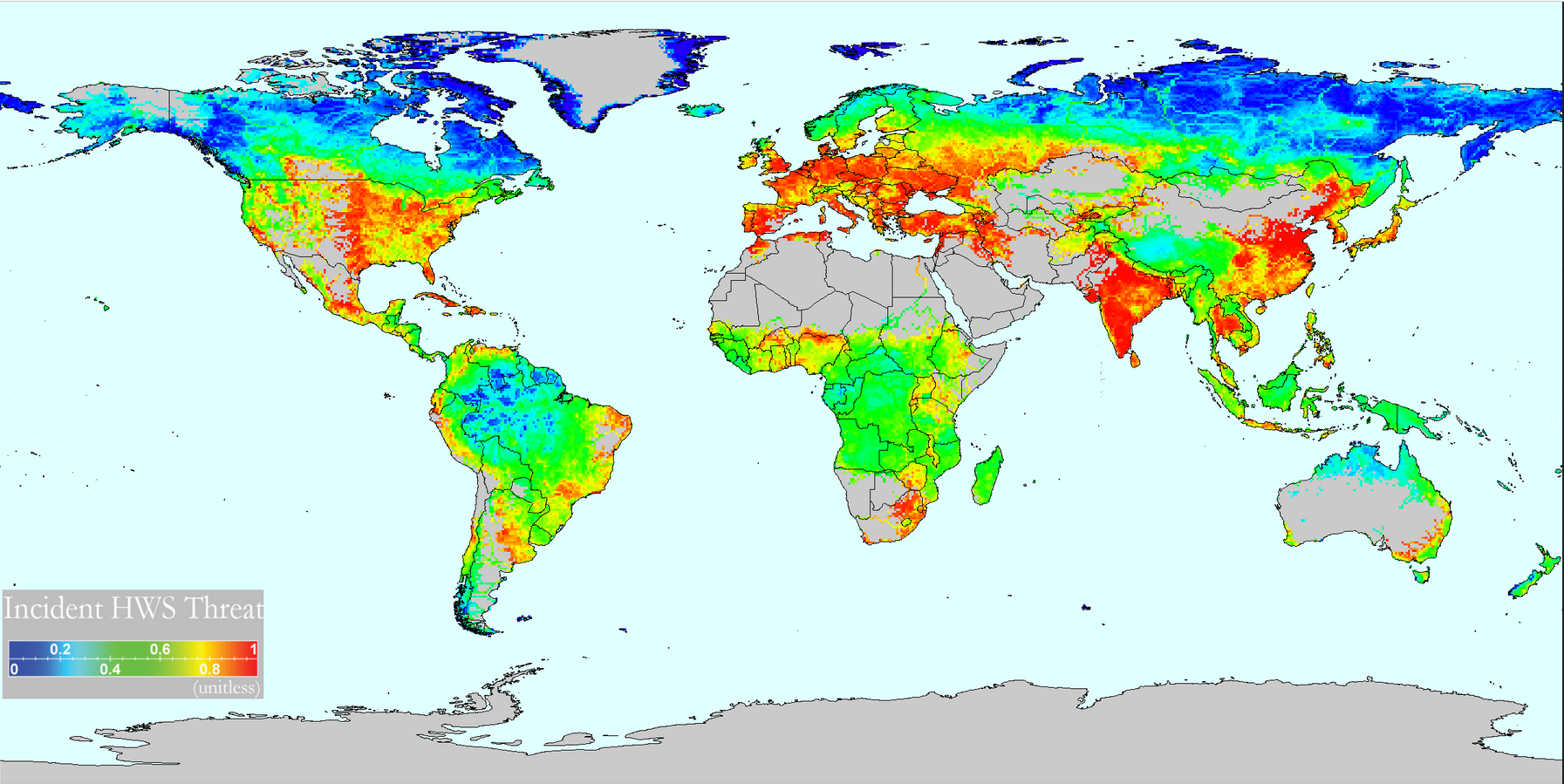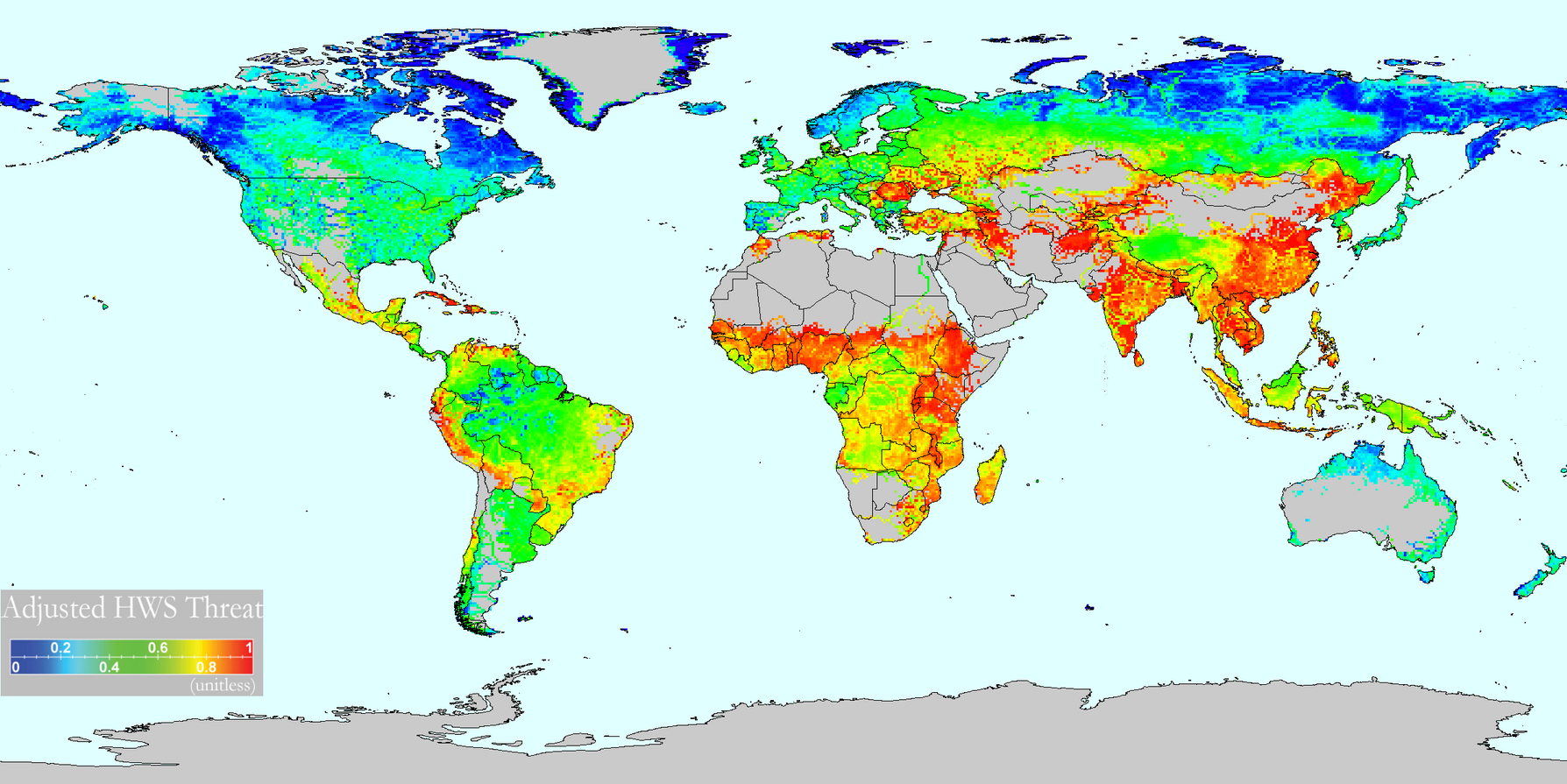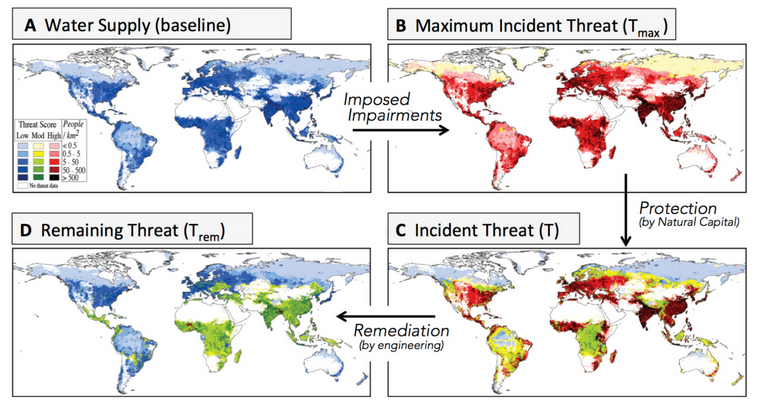Listen here on Spotify | Listen here on Apple Podcast
Episode recorded on November 28, 2023
Episode released on March 21, 2024
 Charles J. Vörösmarty is the founding Director of the Environmental Sciences Initiative in the Advanced Science Research Center at City University of New York.
Charles J. Vörösmarty is the founding Director of the Environmental Sciences Initiative in the Advanced Science Research Center at City University of New York.
Highlights | Transcript
- Water conflicts are emerging in many regions globally. His team conducted analysis of 23 stressors, including climate extremes (droughts and floods), geomorphic organization (upstream, midstream, and downstream resulting in haves and have nots), plus human factors (e.g., transboundary systems, governance arrangements, treaties in place, technical capacity). (Vorosmarty et al., 2021).
- Rivers constitute networks integrating upstream stress from pollution, deforestation, water overuse etc to downstream impacts where much of the world’s population resides. Example: Grand Ethiopian Renaissance Dam (GERD) potentially impacting Egypt downstream
- Examples of conflict: Syrian droughts in 2007 – 2010 (Kelley et al., PNAS, 2015)
- Traditional engineering infrastructure:
- Flatten out hydrographs to increase resilience of water supplies within context of climate extremes.
- example US past 150 yr, westward expansion of US in terms of people, economy, and dams.
- Dams increasingly being built in SE Asia, Brazil, and Africa, emulating the historical development of water infrastructure in the global north.
- Other examples of traditional engineering infrastructure are centralized water treatment and wastewater processing facilities.
- Nature-based solutions (NBS):
- Increasing recognition of the value of NBS for managing water issues
- Forests in uplands decreasing erosion and sediment yield,
- Wetlands (natural or constructed) for flood mitigation and water quality improvement.
- Hybrid gray-green infrastructure:
- More reliable, cost effective
- Ecosystems that can modify pollution loads through wetland nutrient processing
- Intact watersheds that preclude human incursion and agriculture are the most effective way to reduce the costs of water treatment, by reducing the need for “rehabilitation” of degraded water.
- Paper on Global threats to human water security and river biodiversity (Fig. 1, Vorosmarty et al., 2010), snapshot of year 2000
- Combining water for humans and ecosystems
- Harmonizing 23 indicators in mappable themes: (1) catchment disturbance (land cover), pollution, (2) water resource development, (3) biotic factors (e.g., introduced species), and (4) biotic factors such as introduced species
- Routing drivers from upstream to downstream
- Accumulated stressors, red in map, danger, threat
- 80% of global population exposed to high levels of threat to water security
- 60 – 65% of river discharge threatens biodiversity
- Surprising results: accumulated threats in ambient system in US and Europe along with China and India
- General evolution: Impair (e.g., overexploitation, pollution) then repair often at the endpoint of the system where water used (treatment, storage) (Vorosmarty et al., 2015)
- General modus operandi: Traditional engineering can operate in maladaptive, impaired watersheds, but at a high price, which has been done in the US and Europe
- Investment benefits factor: dams, treatment at point of use.
- See threat reversal with traditional engineering in US and Europe (Fig. 2)
- The MO of impair and then repair results in trillions of dollars of investment in remediation.
- Better to retain natural capital and move toward hybrid green/gray solutions to solving water issues—the cost of losing the functionality of the natural capital rivals the required investments in traditional engineering.
- If the water security benefits of all existing natural capital were to be lost, globally it would be more costly than all expenditures of traditional engineering.
- Development law: each unit of wealth results in a unit growth in engineered infrastructure…projection for developing world…increasing reliance on engineered infrastructure for water security.
- If we destroy natural capital…we need to replace it with very expensive engineering infrastructure.
- Places like Africa and Brazil still have much functional natural capital that could be preserved and avoid overreliance on traditional engineering.
- Paper titled Green Grey Path to Global Water Security and Sustainable Infrastructure indicates that traditional engineering approaches would cost 2× more than if you had maintained the natural capital (Fig. 3).
Protected areas are not so protected, 2/3rds of population live downstream of protected areas but paper by McDonald et al. (2016) indicates that over 300 cities downstream of protected areas impacted by pollution and sediment erosion.

Figure 1. Incident threat to human water security (Vorosmarty et al., 2010). 
Figure 2. Shifts in spatial patterns of relative human water security threat after accounting for traditional water engineering and technology benefits (Vorosmarty et al., 2010). 
Figure 3. Water security threat and its control. (a) Water supply in absence of human impacts. (b) Maximum potential incident threat if all functional natural capital were incpacitated. (c) natural capital reduces maximum incident threat. (d) residual threat after engineering interventions (Vorosmarty et al., 2021).



